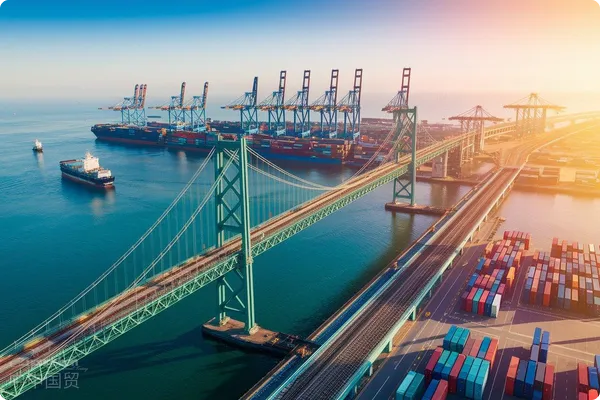- Shanghai Zhongshen International Trade Co., Ltd. - Two decades of trade agency expertise.
- Service Hotline: 139 1787 2118

Contents
ToggleAnalysis of Hidden Cost Traps in Imported Equipment
The latest customs data for 2025 shows that electromechanicalEquipment ImportsThe error rate in declarations increased by 18% compared to the previous year, with 67% of the declaration issues directly causing customs clearance delays. AAutomotive partsDue to an incorrect HS code classification by the manufacturer, a German production line valued at $3.8 million was detained at the port for 28 days, resulting in additional storage fees and breach penalties totaling $127,000.
Core Value Analysis of Professional Agency Services
- Pre - review mechanism for technical documents: Identify the risk of missing CE/UL certification in advance
- Tariff optimization plan: Case Study on Reducing Import Costs by 23% Utilizing the ASEAN Free Trade Agreement
- Special Transport Management: The approval time for oversized equipment transportation permits has been reduced to 5 working days.
Key Policy Changes for Imports in 2025
- Adjustment of Import Tariff Gradients for Industrial Robots
- Models with six or more axes: the benchmark tax rate is reduced to 7.5%.
- Collaborative Robots: Maintain a 9% Basic Tax Rate
- The mandatory enforcement period for the EU's new Machinery Directive MDR2025/32 has been advanced.
Cost Comparison Between Self-Operated Import and Agency Model
| Project | Self-operated import | Professional agency |
| Document processing efficiency | International Transportation | Production Supervision |
| Exception handling cost | Value of goods: 8-12% | Fixed service fee rate |
| Transportation damage rate | 1.8% | 0.3% |
Seven Key Criteria for Selecting High-Quality Agencies
- Possesses AEO Advanced Certification qualification
- The cooperative carriers include TUV-certified specialized transport fleets.
- The industry case database contains import records of similar equipment.
- Providing end-to-end visual tracking systems
Practical Risk Prevention Case Studies
When a semiconductor company imported lithography equipment from the Netherlands, the agency initiated a pre-classification procedure three months in advance. By leveraging a tariff classification dispute resolution solution, they successfully split the equipment components into eight separate tariff codes, reducing the overall tariff expenditure by $410,000 while avoiding risks associated with technology embargo clauses.
The Importance of Service Network Layout
High-quality agencies should have a presence in major globalEquipment ExportThe company shall establish no fewer than 15 offices globally, with native-speaking technical consultant teams specifically deployed in three key regions: Germany (for machinery and equipment), Japan (for precision instruments), and the United States (for medical devices).
Related Recommendations
? 2025. All Rights Reserved. Shanghai ICP No. 2023007705-2  PSB Record: Shanghai No.31011502009912
PSB Record: Shanghai No.31011502009912










